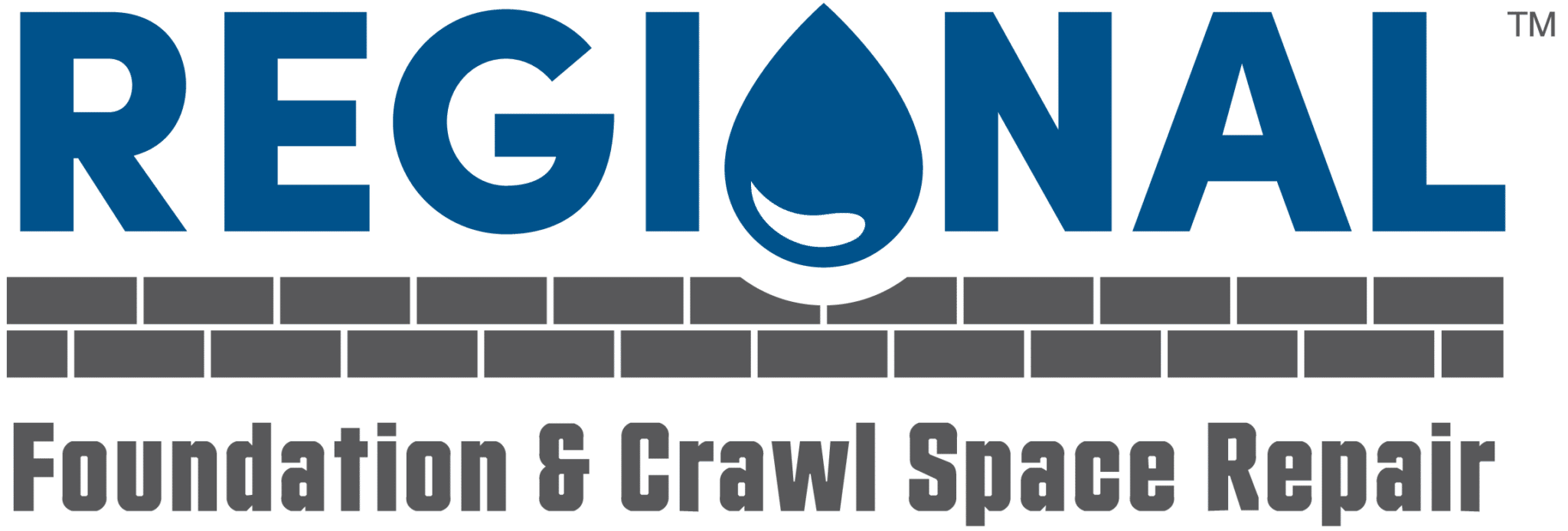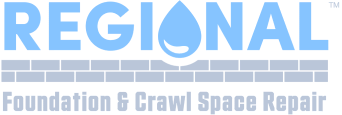Foundations are an essential part of any home, but there are many ways in which they can receive damage. Unfortunately, when foundation damage occurs, it can affect the structural integrity of your entire home.
This article aims to familiarize you with the most common types of foundation damage, the signs that you currently have a foundation problem, and a few ways to fix these issues. Read on to learn about foundation damage and how to fix it.
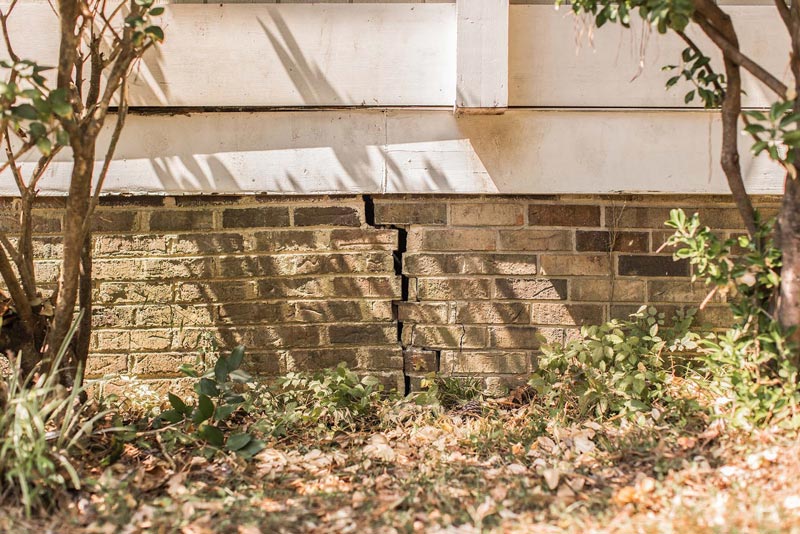
Common Causes of Foundation Damage
The first step when learning about foundation damage is to know some of the most common causes. By understanding these causes, you’ll be better prepared to recognize their presence and find the right solution to resolve them.
Differential Foundation Settlement
One of the most prevalent causes of foundation damage is differential foundation settlement. While it is normal for a foundation to experience a small amount of uniform settlement after construction, differential settlement involves uneven shifts that cause significant damage to your foundation.
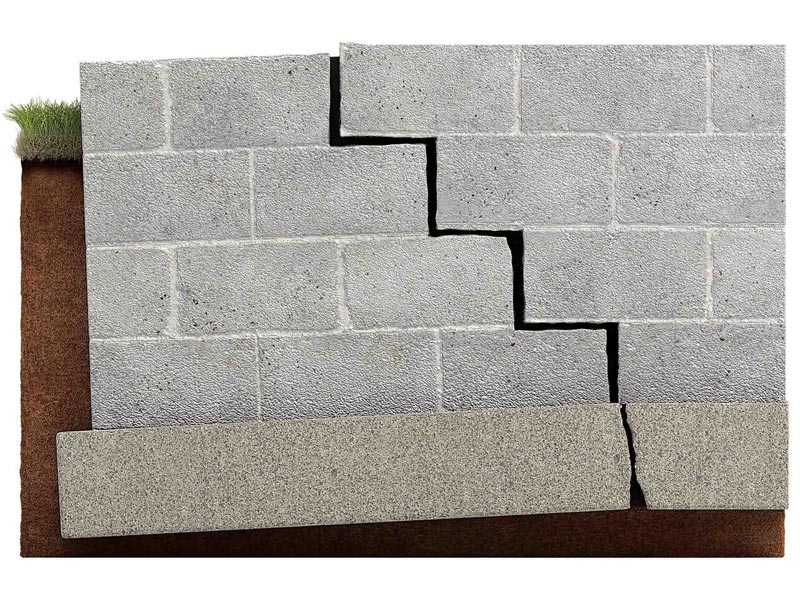
Your foundation rests on the soil below and depends on it for support. When that soil shifts or sinks, your foundation and the rest of your home will move along. When these shifts are uneven, they will cause direct damage to the foundation and problems throughout the rest of your home.
Hydrostatic Pressure
Another common cause of foundation damage is hydrostatic pressure. This term refers to the force that water exerts on surfaces it contacts, and it comes into play whenever the soil surrounding your foundation becomes saturated.
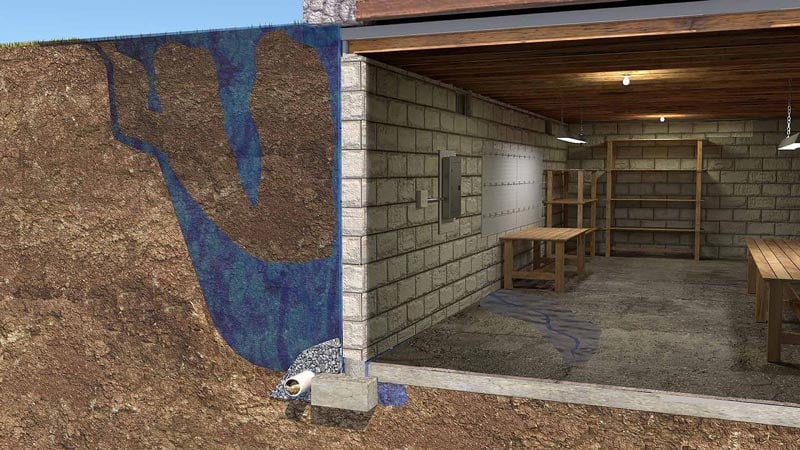
While your foundation is likely capable of holding back the weight of soil with no problem, hydrostatic pressure can build up when the soil becomes wet. Hydrostatic pressure pushes against the foundation walls and If the pressure isn’t relieved, it can lead to structural damage.
Improper Foundation Construction
Occasionally, the source of your foundation problems has nothing to do with an outside force, such as differential settlement or hydrostatic pressure. Instead, the source of your structural issues may relate to improper construction techniques.
If the team that built your home cut corners or lacked experience, it is possible that they failed to install your foundation correctly. When this occurs, it likely won’t take long for structural problems to manifest.
Signs of Foundation Damage
Now that you know about some of the most common causes of foundation damage, it is time for you to take a more practical approach to foundation damage. As a homeowner, it is vital to notice foundation damage so that you can repair it as soon as possible. The signs in the list below will help you recognize when foundation damage has occurred in your house:
- Cracks in the foundation: Horizontal, diagonal, and stair-step cracks are the types most indicative of a structural problem in your foundation, often due to differential settlement or hydrostatic pressure.
- Jammed windows: If you notice it is suddenly difficult to open your windows, it may result from differential settlement.
- Doors stick or won’t latch: Similar to jammed windows, doors that are difficult to open and close often indicate differential settlement.
- Sloping floors: Since your entire home can shift following differential settlement, the floors in your home may begin to slope.
- Bowing foundation walls: A bowed (and in some cases, even cracked) foundation wall is one of the surest signs that your foundation is failing in response to excessive hydrostatic pressure.
- Drywall cracks: While drywall cracks can be a sign of issues with the drywall itself, they can also indicate a foundation problem.
If you notice any of the indicators in the list above, it is safest to seek the help of a foundation professional. Since foundation damage typically gets worse and leads to costly repairs, addressing it as soon as you can is critical.
Repairing Foundation Damage
Before we conclude this article, let’s discuss some of the most common ways that a professional team will go about repairing and restoring your foundation. As the sections below will show, the method they use depends on the source of the foundation problem.
Fixing Foundations Experiencing Differential Settlement
Differential settlement can wreak havoc on the structural integrity of your home. Fortunately, there are some trusted methods for fixing this problem and preventing it from occurring again.
One of the most reliable methods for fixing a foundation that has experienced uneven settlement is by installing piers (i.e., underpinning). Push piers and helical piers are two of the most effective pier types for lifting and stabilizing a foundation.
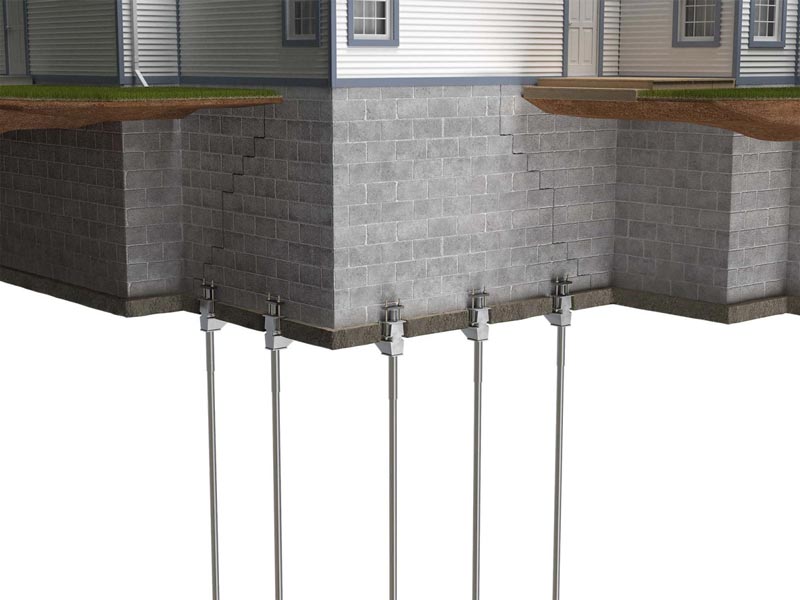
To install push piers, your repair team will drive the piers straight into the ground until they hit bedrock or firm strata. The piers attach to your foundation via a bracket. Once the piers have formed a connection between your foundation and a sturdy strata, the foundation repair team can use them to lift and level your home as much as possible without causing damage.
Helical piers are slightly different from push piers, but they serve an identical purpose. The main distinction is the installation method. Helical piers are essentially giant screws that your repair team will twist into the ground until they are fully embedded in the earth. Similar to push piers, helical piers also attach to your foundation, which is what allows for leveling and greater strength.
Resolving Hydrostatic Pressure Problems
If the cause of your foundation damage is hydrostatic pressure, you’ll need to improve drainage around the foundation.
Improving drainage can include the installation of an interior or exterior drain tile system. This consists of buried, perforated drainage pipes that help to capture excess groundwater and convey it away from your foundation so that it does not cause hydrostatic pressure.
It is also essential to consider the slope of the land surrounding your home. If the land is flat or pitches towards your foundation, it is more likely that hydrostatic pressure will build up. By contrast, when the land slopes away, it allows groundwater to drain away from the foundation.
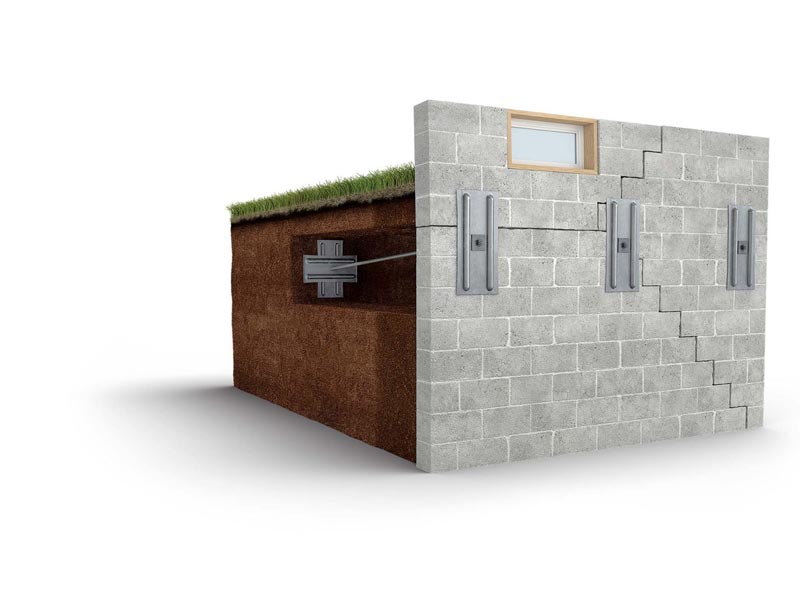
Once you have addressed the source of the hydrostatic pressure, it’s time to repair your foundation. Common repair methods in this case are carbon fiber straps and wall plate anchors, both of which adhere to the inside of your foundation wall and help to restore its strength.
Have a Pro Evaluate Your Foundation
Although the information above is helpful, identifying and resolving foundation damage is difficult for most homeowners. Since that is the case, the best approach is to build a relationship with a foundation professional in your area that you can trust.
For anyone living in Eastern North Carolina, Regional Foundation & Crawl Space Repair is the best team you can choose for any foundation concerns. Reach out today to learn more and take advantage of a free estimate.
